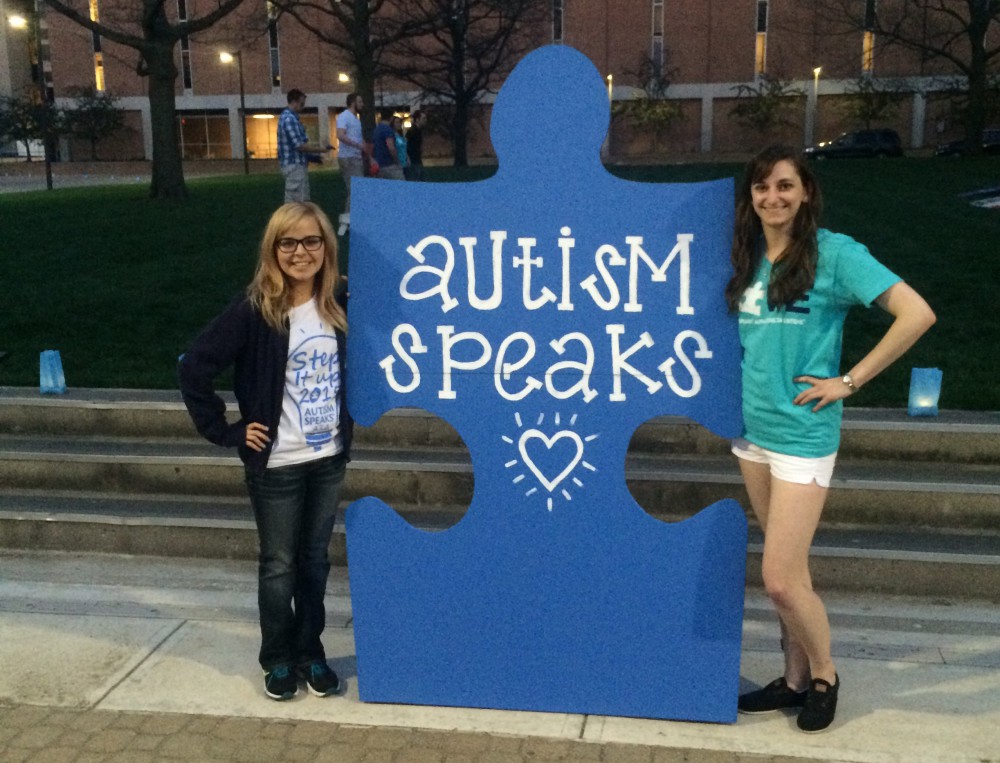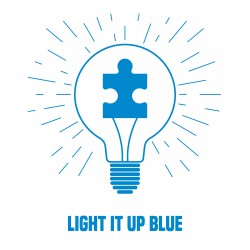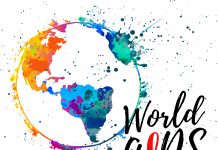
World Autism Awareness Day shines a light on the growing global health crisis that is autism. The disorder affects 1 in 68 children and is the fastest growing developmental disorder in the United States.
For decades, April has been recognized as National Autism Awareness Month, an initiative that was started by the Autism Society to promote awareness of the disorder. On December 18, 2007, the United Nations General Assembly adopted a resolution which declared April 2 as World Autism Awareness Day (WAAD).
WAAD is one of four official health-specific days recognized by the United Nations. This day was created with the purpose of increasing and further developing the world’s knowledge of autism, and to spread information about the importance of early diagnosis and treatment programs.
Today, the unique talents and skills of individuals with autism will be celebrated as they are embraced in a number of community events across the globe.
What is Autism?
When people talk about autism today, they are usually referring to Autism Spectrum Disorders (ASD), five brain-based disorders that can affect a person’s social, emotional and communication skills.
According to the Autism Science Foundation, the five Autism Spectrum Disorders include:
- Pervasive Developmental Delay – Not Otherwise Specified (PDD-NOS).
- Autism (also referred to as Classic Autism, Early Infantile Autism, Childhood Autism or Autistic Disorder).
- Asperger Syndrome (generally consists of higher-functioning individuals).
- Rett Syndrome (a rare brain disorder that typically only affects females).
- Childhood Disintegrative Disorder (also known as Heller’s syndrome, which causes developmental delays in language, social and motor skills).
According to the Centers for Disease Control and Prevention, ASDs typically repeat specific behaviors and may prefer to stay on the same daily schedule. They may also have unorthodox ways of retaining information, paying attention and reacting to certain sensations.
Diagnosis
Diagnosing ASD can be difficult because there is no medical test (like a blood test) to diagnose the disorder. To make a diagnosis, doctors often look at a child’s behavior and development. The disorder can sometimes be detected in children younger than 18 months, but by age 2, a diagnosis from an experienced doctor can be considered reliable. However, many people who have ASD do not receive an accurate diagnosis until they are much older. This delay often keeps children with ASD from getting the developmental help they need.
The two steps of the diagnosis process are developmental screening and comprehensive diagnostic evaluation. During developmental screening, a doctor performs a short test to gain insight on whether the child is learning basic skills or falling behind. The doctor might also ask the parents questions, or talk with the child alone to see how they speak, behave and move.
Doctors should be screening children for development delays in the early stages of their life, especially those who may be at a higher risk for developmental problems. These can include preterm birth, low birth weight or having a sibling with an ASD. If a doctor sees a problem during this first step of the diagnosis process, then a comprehensive diagnostic evaluation is needed.
The comprehensive diagnostic evaluation typically involves more medical testing than observing or interacting with the child. These tests often include a hearing and vision screening, and genetic and neurological testing. In some cases, the primary doctor may also send the child and family to a specialist for further assessment.
You Might Also Enjoy: Research Shows Autism May be Passed to Grandchildren through Germ Line Cells
Symptoms
Catching ASD early can be very beneficial, especially if the case is severe. While it is usually a life-long condition, therapy and interventions early in life can help reduce symptoms and increase an individual’s skills and abilities.
Symptoms of ASD are separated into three categories:
- social interactions and relationships
- communication difficulties
- limited interests in activities/repetitive behaviors
When it comes to social interactions, people with ASD often have trouble developing nonverbal communication skills such as making eye contact, specific facial expressions and body language. They may also struggle with anxiety and forming relationships. This sometimes makes it difficult for children with ASD to make friends because of their tendency to be introverted. It may also be hard for them to interpret other people’s emotions, and may fail to respond to happiness or anger in traditional ways.
Trouble with the development of verbal and nonverbal communication skills is another common symptom of autism. According to the International Center for Autism Research & Education, approximately 40% of children with ASD do not speak at all, though they are able to communicate in other ways.
If an individual can speak, they sometimes have difficulty maintaining focus during communication. A common method of communication is repeating a particular phrase that they may have heard multiple times. Other people with ASD may have echolalia, which is the repetition of a person or thing’s spoken words.
Limited interests in activities is another common sign of autism that can be seen in children. People with ASD typically stick to the same routine, and change is often not accepted or handled easily.
Treatment
Since ASD is a life-long disorder, the purpose of treatment is to help people develop to their full potential. The overall goal is typically to help increase an individual’s ability to function in a real-world atmosphere. Because symptoms and behaviors of those with ASD can vary in severity from person to person, treatment strategies are built around each individual’s needs and the resources that their family can provide.
Generally, highly structured and specialized treatment works best for children with ASD. A program that focuses on helping parents and improving communication, behavioral, social, adaptive and learning aspects of a child’s life is likely going to have the highest rate of success.
World Autism Awareness Day 2016 – #LIUB
Today marks the 8th annual WAAD. Organizations around the world will be celebrating with

unique fundraising and awareness-raising events. A common theme of today is to show your support for those with autism by “lighting it up blue.” Most people participate by wearing blue, but a number of well-known landmarks have committed to lighting it up blue in celebration as well.
Some of these landmarks include the Christ the Redeemer statue in Brazil, The Suez Canal in Egypt and the Red Bull Arena in New Jersey, as well as many others around the world. Join the celebration by helping light the world blue today and share your experience on social media with #LIUB.









